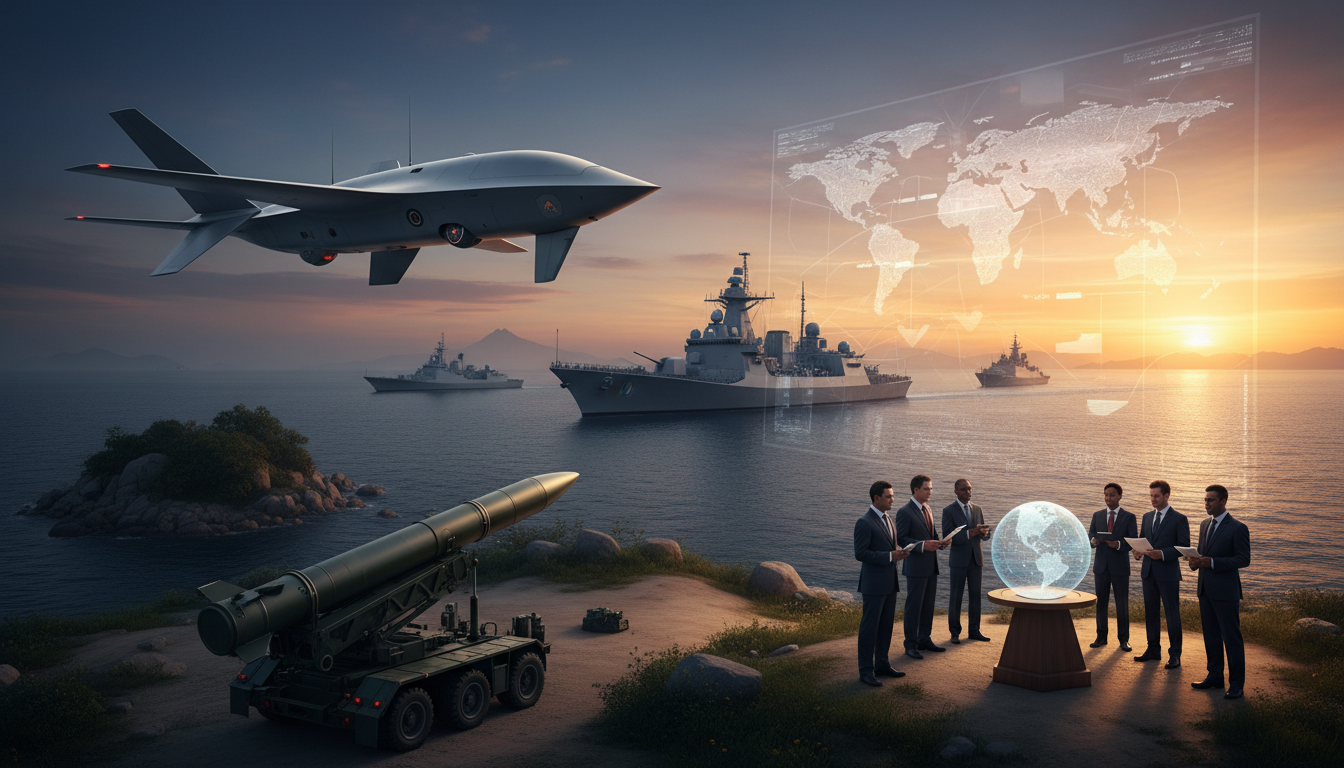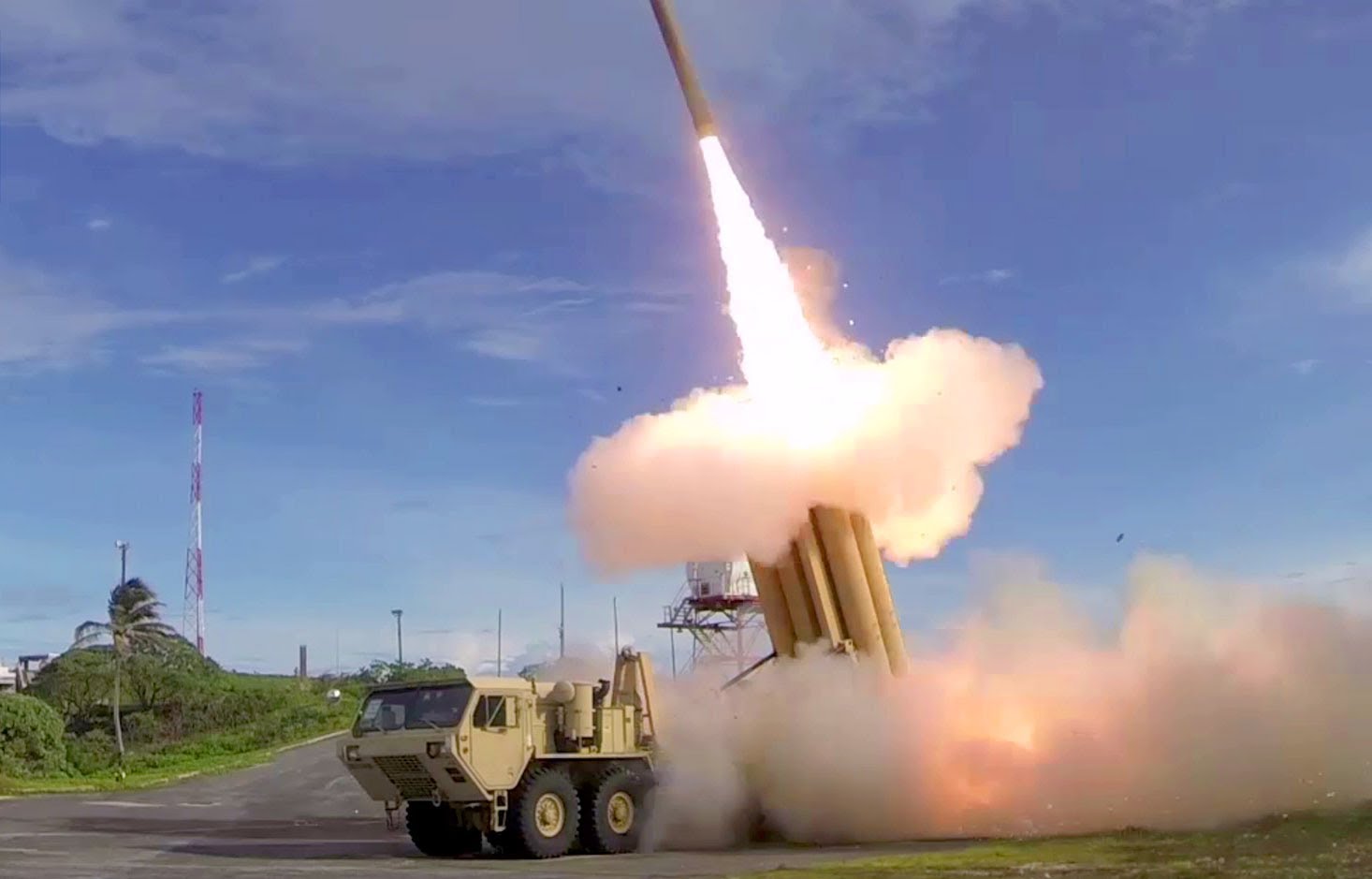 Parler
Parler Gab
Gab
- Escalating U.S.-China tensions over Taiwan intensify as Beijing prepares for a potential 2027 invasion while Taipei bolsters defenses and seeks Trump's diplomatic intervention to deter conflict.
- Amid escalating tensions, drone failures in China's military—potentially caused by cyberattacks, sabotage or defects—coincide with Taiwan's unveiling of advanced homegrown missiles to bolster its independent deterrence against a possible Chinese invasion.
- Taiwanese President Lai suggested that a reelected Donald Trump could broker a historic peace deal with China's Xi Jinping to renounce military force against Taiwan—a high-stakes diplomatic bid aimed at averting war amid Beijing's escalating military preparations.
- Advanced satellite imagery reveals China's construction of massive floating piers near Taiwan—part of its 2027 "reunification" timeline—while Taiwan counters with new missile systems and a broader U.S.-China tech war escalates over semiconductors, AI and drone warfare dominance.
- Escalating aggression by China and Russia—from Taiwan to NATO's eastern flank—has shattered post-Cold War stability, raising fears that a single misstep could trigger a globe-altering conflict amid shifting power dynamics and unpredictable leadership.
Trump's potential diplomatic gambit—and the Nobel Prize stakes
In a bold diplomatic maneuver, Lai has publicly floated the idea that Trump could secure a historic peace deal with Xi Jinping, one that would rule out military force against Taiwan. Lai's remarks frame the proposal as a high-reward gamble: "If President Trump can persuade President Xi to abandon the use of force, he would deserve the Nobel Peace Prize." The statement underscores Taiwan's desperate search for leverage amid China's unrelenting military buildup. It also reflects a growing belief in Taipei that Trump's transactional diplomacy, which previously secured phase-one trade deals with China, might be the last best hope to avert war. The geopolitical chessboard is growing more volatile by the day. U.S. intelligence reports reveal China's conversion of civilian ferries into warships, capable of transporting thousands of troops and heavy equipment across the Taiwan Strait. Satellite imagery confirms the construction of floating piers—some nearly half a mile long—designed to overcome Taiwan's natural coastal defenses. These preparations align with China's long-stated 2027 timeline for "reunification," a deadline that has spurred Taiwan to accelerate its own military modernization. The island's new missile systems, including the Hsiung Feng III and Yun Feng, are explicitly designed to sink Chinese amphibious vessels and strike deep into mainland command centers.The broader war: Tech and trade
Beyond the immediate threat of invasion, the U.S. and China are locked in a shadow war over technology dominance. Semiconductors, AI and drone warfare have become the new battlegrounds, with both sides imposing export controls and sabotaging supply chains. The drone crashes in China may be a harbinger of deeper vulnerabilities in Beijing's tech-driven military strategy. If Taiwan—or its allies—can disrupt China's drone fleets, it could neutralize a key advantage in any future conflict. The stakes extend far beyond Taiwan. Russia's recent violations of Estonian airspace with MiG-31 jets, prompting NATO scrambles, signal a coordinated axis of authoritarian aggression. For now, the world watches as Taiwan arms itself and China prepares its invasion infrastructure. One miscalculation could ignite a war that reshapes the 21st century. The only certainty? The old rules no longer apply. China drill simulates cruise missiles strikes on Taiwan. Watch this video. This video is from Cynthia's Pursuit of Truth channel on Brighteon.com. Sources include: TheEpochTimes.com Brighteon.ai Brighteon.comMoscow sounds alarm over potential U.S. Tomahawk shipments to Ukraine
By Patrick Lewis // Share
AI stock frenzy sparks bubble fears as valuations skyrocket
By Willow Tohi // Share
New York confirms first locally acquired case of chikungunya virus in six years
By Patrick Lewis // Share
Sweden revives Cold War food stockpiling amid rising conflict fears
By Cassie B. // Share
Governments continue to obscure COVID-19 vaccine data amid rising concerns over excess deaths
By patricklewis // Share
Tech giant Microsoft backs EXTINCTION with its support of carbon capture programs
By ramontomeydw // Share
Germany to resume arms exports to Israel despite repeated ceasefire violations
By isabelle // Share










